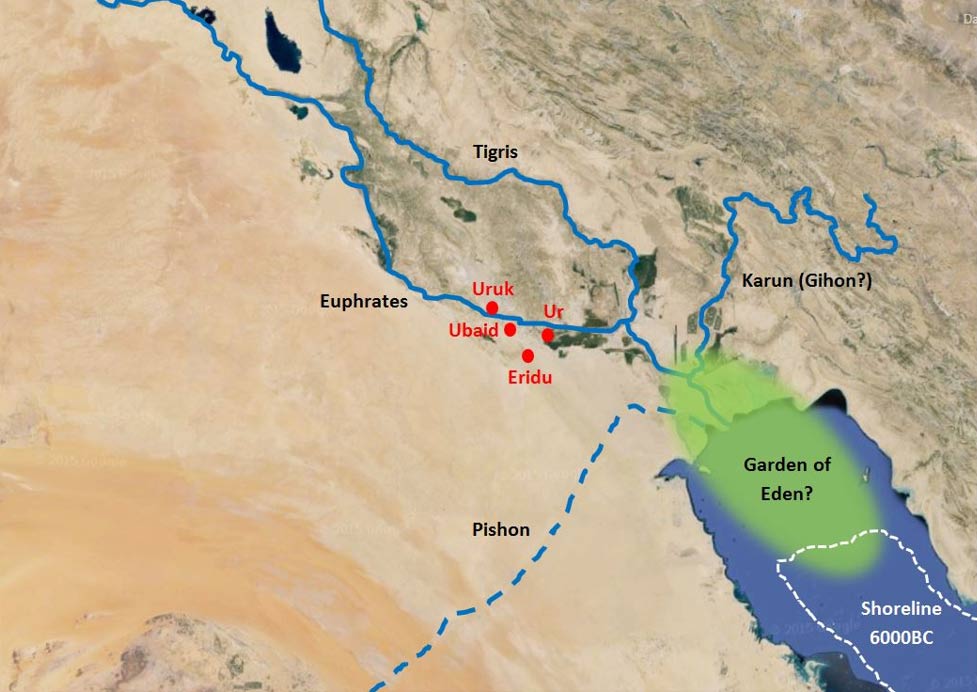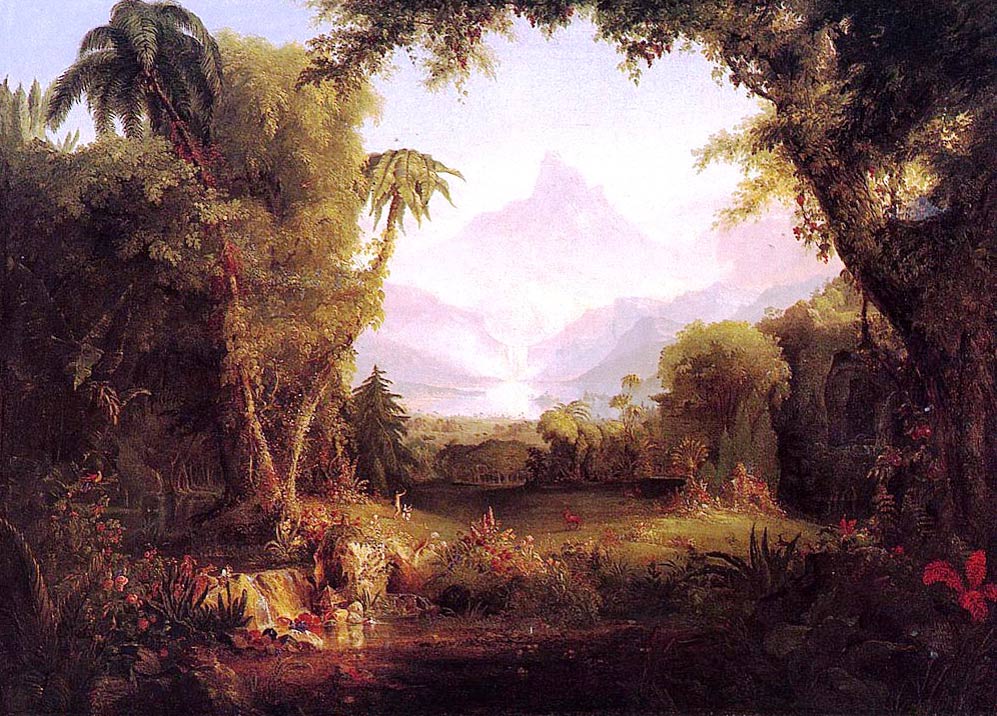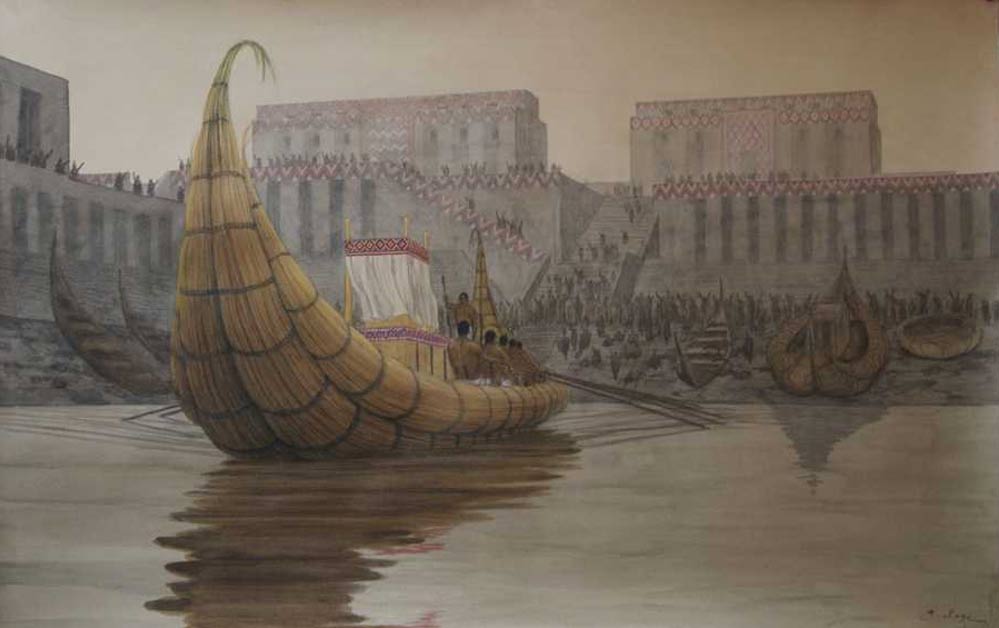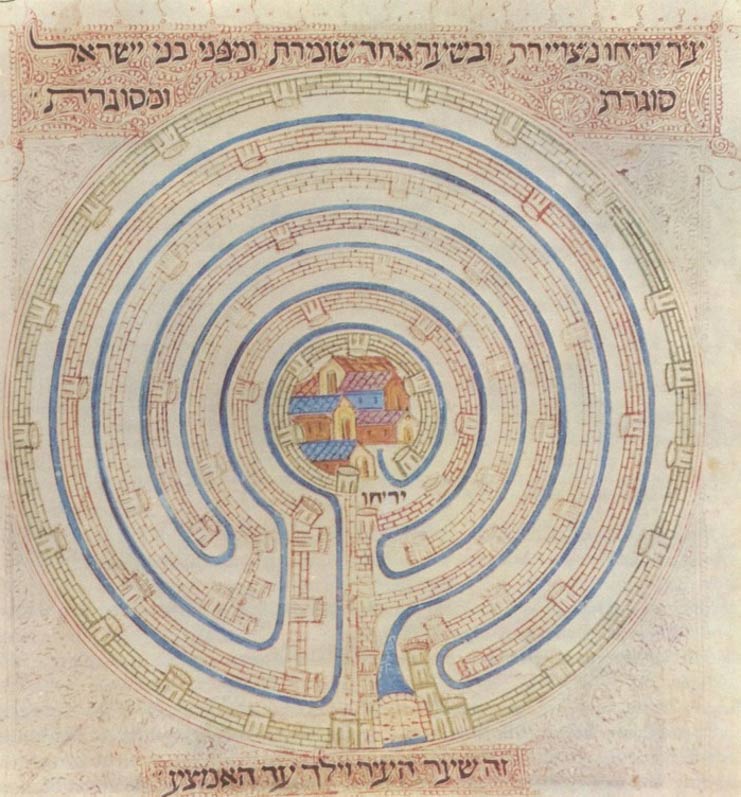
Mention the Garden of Eden to a group of friends and you are likely to get as many suggestions on its true location as people you ask, plus a fair number who will deny that it was ever a real place at all. Places that have been claimed as the true whereabouts of mankind’s original home include numerous sites in Iraq and around the Persian Gulf, Bahrain, Iran, Anatolia, Armenia, Turkey, Jerusalem, east Africa – and even the Isle of Lewis, Scotland, and Jackson County, Missouri. And those are just the better known claims; there are literally hundreds.
Will we ever know for sure where it was, or even if it really existed? Given that most of the clues to the garden’s location come from ancient texts, will we ever find any new evidence to its whereabouts? As it turns out, remote sensing, archaeological and DNA studies have provided some compelling hints to its true location in recent years, and future work might well prove it once and for all.
The Garden of Eden features in the creation stories of the Jewish, Christian and Muslim religions, being the place where Adam, the first man, and Eve, the first woman, were placed by God to live after their creation. The Book of Genesis, written around 500 BC, contains our main clues about its geographical location through a description of the rivers flowing through it and its proximity to a gold-mining area. Genesis 2:3 says: ‘Now a river flowed out of Eden to water the garden; from there it was separated into four headwaters. The name of the first is Pishon; it flows from the land of Havilah, where there is gold.[...] The name of the second river is Gihon; it flows around the whole land of Cush. The name of the third river is Tigris; it flows east of Assyria and the fourth river is the Euphrates.’
The Tigris and Euphrates are well known, they flow from Turkey through Iraq and into the Persian Gulf. But the Pishon and Gihon do not exist today – however science has given us a strong clue where the Pishon once was. In 1994 Dr Farouk El-Baz, Director of the Center for Remote Sensing at Boston University and a pioneering figure in remote sensing, used ground-penetrating radar images from the Space Shuttle to locate and trace the bed of an ancient river that flowed for about 600 miles (965 kilometers) through Saudi Arabia, ending in Kuwait where it became a broad watercourse three miles (almost five kilometers) wide.
This ‘Kuwait River’ as El Baz named it, also known as Wadi Al-Batin, is believed to have been flowing until around 2500-3000 BC and has its origins in Medina province in western Saudi Arabia in an area called Mahd adh Dhahab, also known as the Cradle of Gold, which has been the main gold-mining area in the Arabian Peninsula since at least 3000 BC. This lost river therefore appears to match well the biblical description of the river Pishon ‘flowing from the land of Havilah’, suggesting a probable northern Gulf location for the Garden of Eden, perhaps offshore modern Kuwait. The Gihon River however has not been unambiguously identified, but a strong contender is the Karun River which flows out of Iran to join the Pishon, Euphrates and Tigris just north of the Gulf.
When did all this happen? Two events help tie it down. The Pishon dried out around 4,500 years ago, so it must have been before then. Perhaps more importantly we know the northern Persian Gulf was largely a dry valley until around 10,000 to 8,000 years ago, so if the Garden existed beneath the present northern Gulf as we will see later it most probably did, then it must have been prior to this date.

Geographical location of rivers mentioned in Genesis as flowing into the Garden of Eden, and the Garden's inferred location. Also shown are the earliest cities and the shoreline of the Persian Gulf as they existed at the time, around 8,000 years ago. Satellite image:
So what do we know of the people who lived in the region of southern Iraq and northern Gulf at this time?
To start with the climate was very different then. From the time when the first humans came ‘out of Africa’ around 100,000 years ago the sea level had been around 400 feet (122 meters) lower than it is today, due to the vast amounts of water locked up in the northern ice sheets of the last ice age. As a result the Persian Gulf had been a fertile valley for millennia, during which time the climate had been through a number of wet and dry periods. But for most of that time the region was much less arid than it is today, and wildlife was much more plentiful with abundant herds of gazelle, wild cattle, camels and other animals.

"The Garden of Eden" by Thomas Cole (c.1828) (Public Domain)
People were relatively plentiful too, having migrated from Africa into the Persian Gulf valley from both ends – crossing the Red Sea into Yemen and southern Oman and northwards, as well as crossing the Sinai Peninsula into the Levant and southwards. Originally they were hunter-gatherers, nomadic people who followed the herds who were in turn following the moisture and the vegetation.
Then sometime around 30,000 BC the people of this region started to develop agriculture. They learned to irrigate, grow crops and save seed for the following year, to enclose herds of cattle and goats instead of following them. For the first time in human history people settled in one place. As a result of being settled with a reliable food source they claimed their own territories, and built permanent houses. Around 8,500 to 6,500 years ago they built the world’s first cities in what is now Jordan and Iraq – cities such as Jericho, Uruk, Ur and Eridu.

Illustration depicting a recreation of the ancient port at Eridu. (Public Domain)

Map of Jericho in Farchi Bible, 14th century. (Public Domain)
The people who created them were the Ubaidians, Sumerians, Assyrians and Kashshites, and it was therefore these tribes – rapidly becoming civilizations through the development of metallurgy – who around 8500 BC were living in the region which Genesis tells us the Garden of Eden was to be found........

This article is an AO exclusive - Premium members only.
To discover more about the secret garden of Eden,
AND have access to 100% unshared, daily articles, published by top industry authors and experts:
You need to join the #1 Online Community for all things Mythology and Ancient history: Ancient-Origins Premium!
